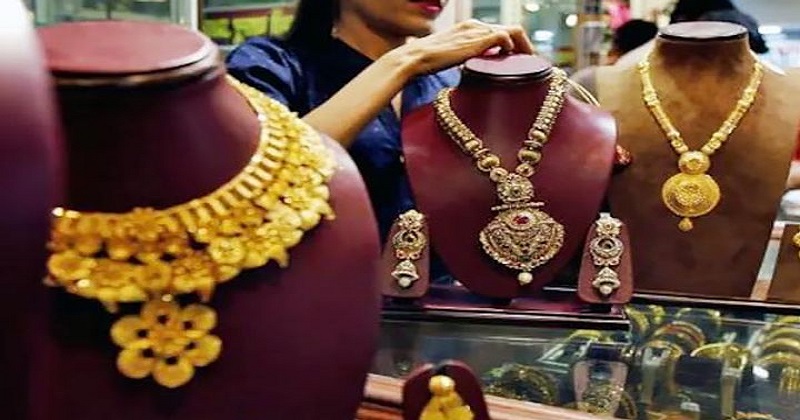
New Delhi: When Paul Fernandes, a 50-year-old waiter in India, lost his job on a cruise ship last year, he used his gold as collateral to secure a loan so he could pay for his children’s education. This year, he is selling his gold jewelry to meet expenses, after failed attempts at starting a home business and finding another job.
‘A gold loan is, after all, a debt I am taking on,’ he said from his hometown in the coastal state of Goa. ‘Selling my jewelry means I am not obligated to pay someone back with interest on top of that.’
Due to the pandemic, many Indians are now turning to their last resort: selling their gold jewelry to make ends meet. The virus has crippled both the economy and income of rural India, the country that purchases the most bullion. People in rural areas rely on gold in times of need since it can easily be liquidated when they do not have access to banks.
The likelihood of financial distress caused by the second wave is much higher and could lead to more sales of gold, unlike in 2020, when consumers took out loans against their gold stash, according to Chirag Sheth, a consultant for London-based Metals Focus Ltd. He said that gross scrap supplies, which include old gold melted to create new designs, may exceed 215 tons in nine years if a new wave emerges. For a nation that imports almost all its gold from Switzerland, a higher local supply will also limit overseas inflows.
‘You had a financial problem last year, and you managed to fix it through gold loans. Once again, there will be financial problems this year, possibly resulting in a third wave of layoffs and lockdowns,’ said Sheth. ‘We can expect distress sales to take off in August and September when the third wave could actually set in.’
As lockdowns crippled the economy, many Indians who had clawed their way out of poverty are facing grim job prospects. More than 200 million people now earn less than minimum wage, or $5 a day.
Read more: Try this easy Manchurian recipe using Maggi
Signs of Distress
As a sign of initial consumer stress, Manappuram Finance Ltd., one of India’s biggest gold loan providers, auctioned 4.04 billion rupees ($54 million) in gold during the three months through March from loans that went bad because of a drop in prices. This compares with just 80 million rupees auctioned in the prior nine-month period. The jewelry was sold as Manappuram’s borrowers — typically daily wage earners, small-time entrepreneurs, and farmers — were unable to repay the loan.
According to James Jose, managing director of Kochi-based refiner CGR Metalloys Pvt., about 25% more old gold than usual has been sold to jewelers in southern India, the country’s largest consumer of old gold. ‘After the lockdown, the shops are open and we are seeing very good foot traffic in the shops for two reasons: one is purchases for weddings and another is some liquidation for cash,’ Jose said by phone.
Over the past two years, Indians have cut down on their gold purchases as a weak economy and the virus outbreak have reduced their purchasing power. Gold sales in 2020 were the lowest in more than two decades, according to the World Gold Council.
The demand for metals may rebound this year, rising as much as 40% from a year ago, as a result of falling prices and about 50 tons of latent wedding purchases being moved to this year from 2020, according to Sheth.
‘The third wave remains the biggest threat to our estimate,’ he said.

Post Your Comments